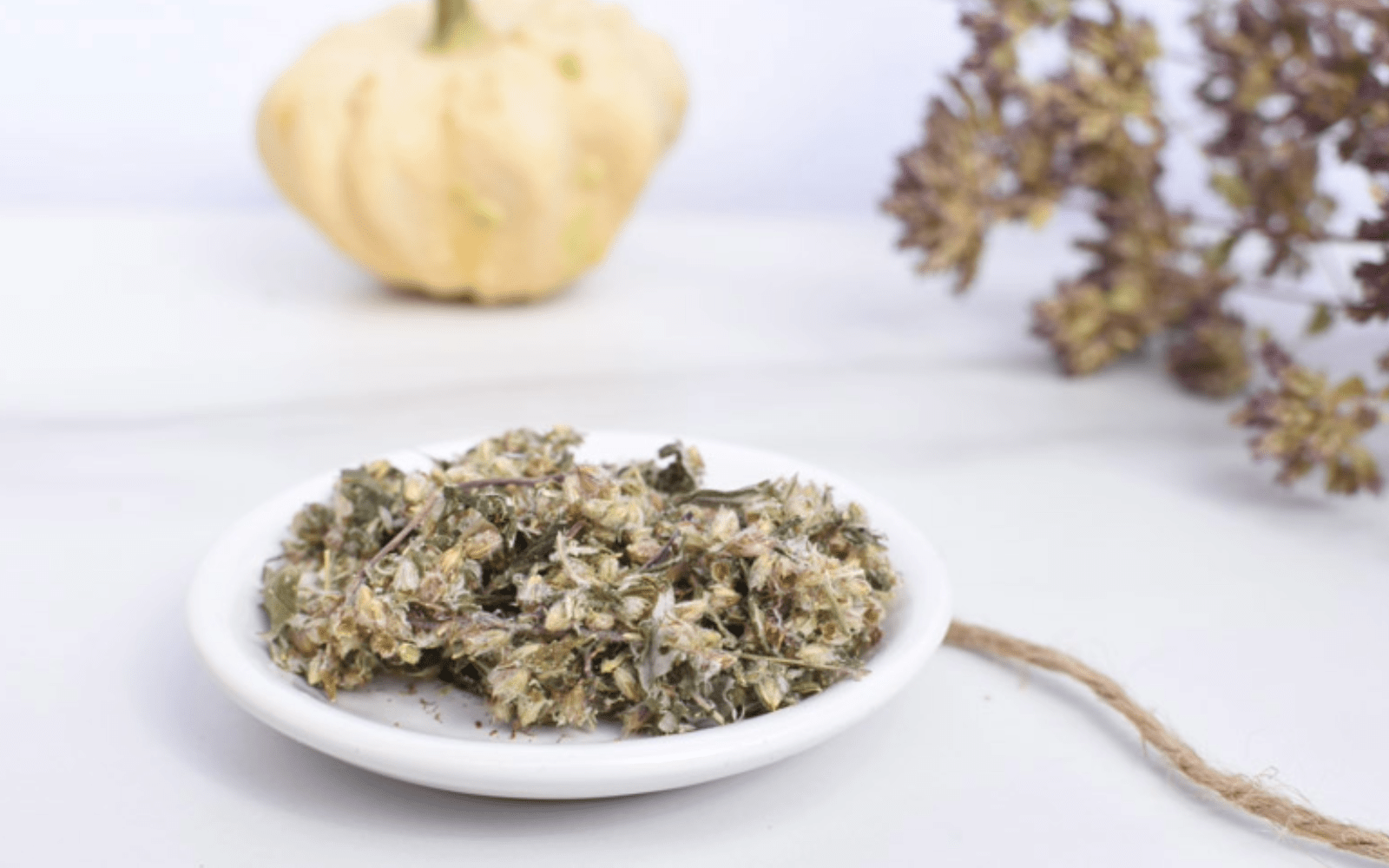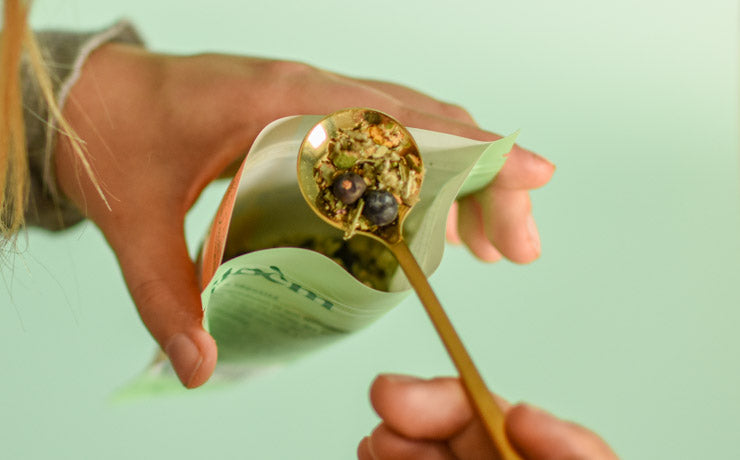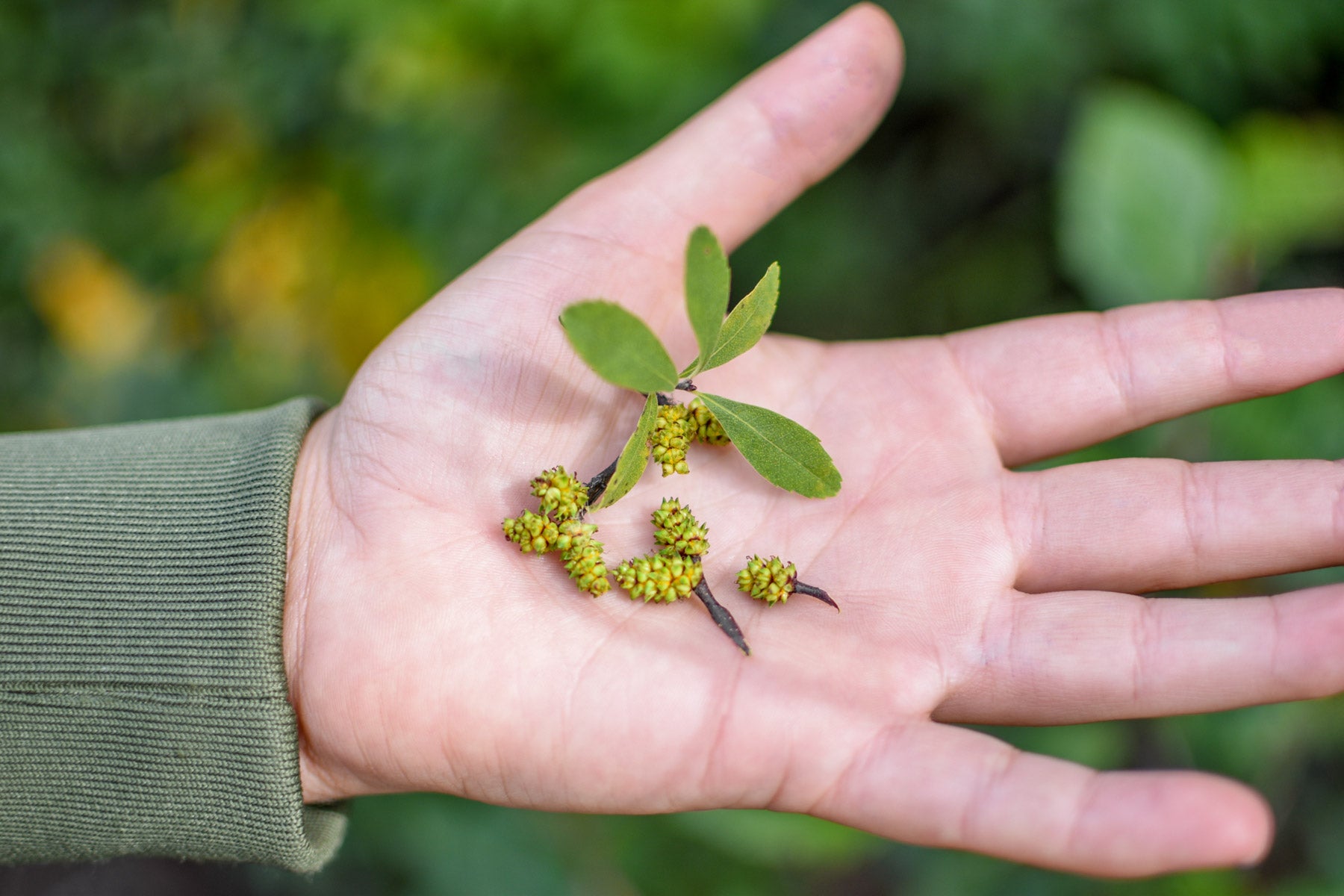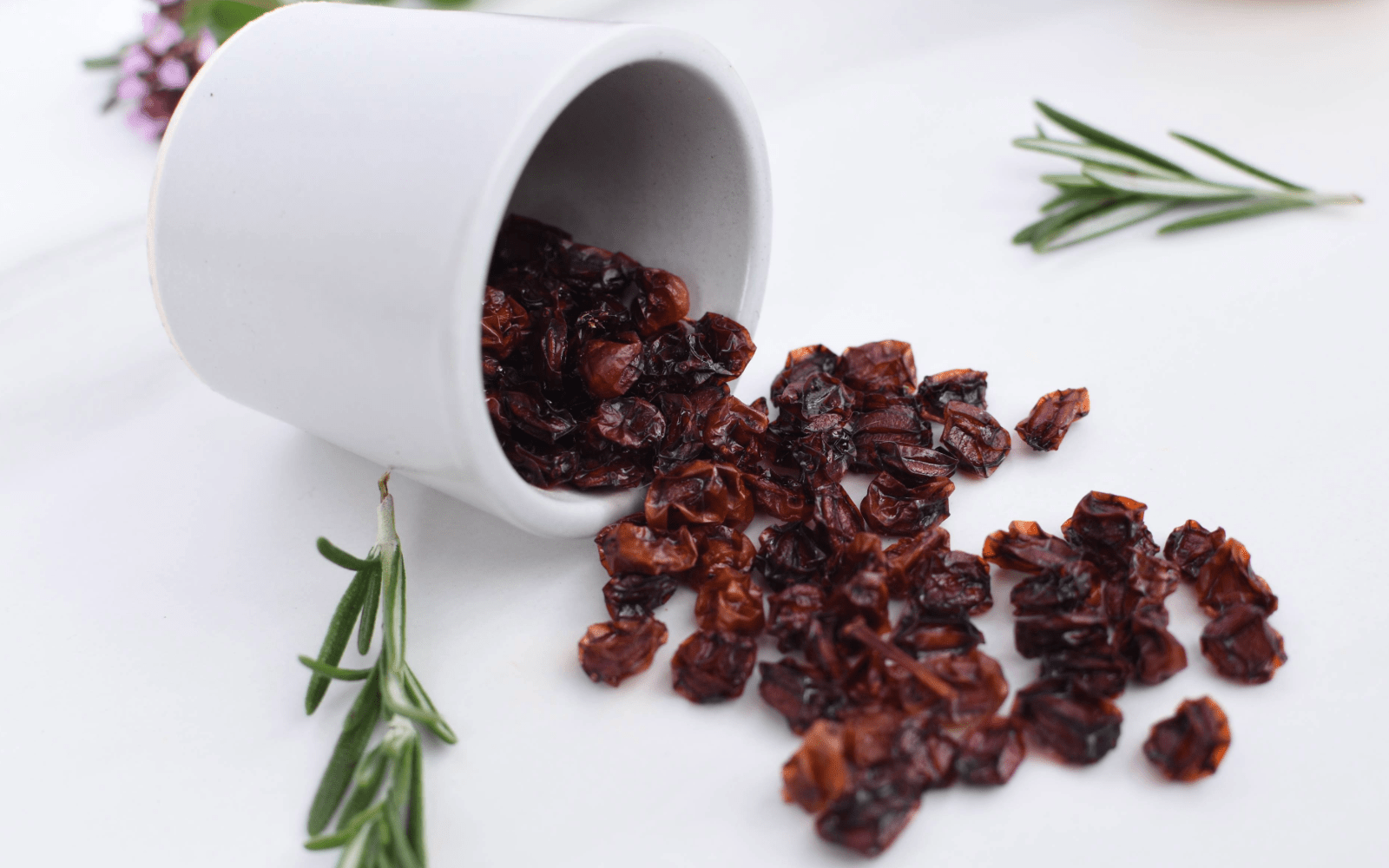
Mugwort: a plant with multiple benefits
Mugwort: Unknown But Widespread
Considered an invasive species from Europe, mugwort grows in North America and the meadows of Quebec. Indeed, it brings together more than 400 different plant species. Among these are wormwood (artemisia absinthium) and tarragon (artemisia Dracula).
There are two species of sagebrush: common sagebrush, also known as artemisia Vulgaris, and annual sagebrush, commonly known as artemisia annua. In this article, we will take a closer look at the mugwort present in Quebec (artemisia Vulgaris).
In addition to its use in cooking, it contains many medicinal properties. Since ancient times, it has been used in traditional medicine to treat several health problems.
What Are The Benefits of Mugwort?
Among the many benefits of mugwort, it acts as an anthelmintic, antispasmodic, antirheumatic, and antibacterial agent as well as malaria. It also helps to treat hepatitis, cancer, and many other conditions. These are just some of the many illnesses traditionally treated with this herb.
Mugwort also improves digestion with the production of gastric juices and pellets. It also relieves stomach aches caused by gastric spasms or other intestinal transit disorders. Besides, it helps to eliminate intestinal worms.
Women’s Best Friend
We can say that mugwort is an emmenagogue plant because it acts on the blood flow. So, it helps reduce the pain caused by menstrual cramps by stimulating the muscle of the uterus. Taking this into account, its consumption is not recommended during pregnancy as it increases the risk of miscarriage.

Its Use Around The World
In addition to its use in Europe, Filipinos use this plant for its antihypertensive actions. It also has other medicinal activities such as anti-inflammatory, antispasmodic, carminative, and anthelmintic properties. Besides, it is used in the treatment of dysmenorrhea (painful periods) and the induction of labor for childbirth.
In oriental medicine, it is use as an analgesic agent, and in conjunction with acupuncture therapy. To cure rheumatism, and treat muscle pain, needles are inserted into the muscle or the scapula. Next, put a dried mugwort ball through the eye of the needle and set it on fire. It produces combustion that relieves ailments of all kinds. In traditional Chinese medicine, mugwort is used to treat diseases such as malaria, as well as to relieve pain and fight a fever for more than 2,000 years.
Mugwort And Witchcraft
In China as well, this very abundant plant is used in a large number of preparations as well as in therapeutic witchcraft practices. Indeed, this herb is effective in increasing the potential for clairvoyance in addition to helping to relax. It helps keep an analytical mind alert while letting the subconscious mind produce more creative visions.
How Does Mugwort Help Your Garden?
Mugwort also acts as a repellent plant as it repels unwanted visitors to the garden. For example, it repels parasites, harmful insects as well as rodents. This plant acts as a natural and very versatile insecticide that helps ward off insects and other unwanted animals. Use sprays with a mugwort infusion inside or use the plant as is to repel insects.
Mugwort in The Scientific World
In the scientific world, several studies interested in the anticancer activity of this plant have had interesting results. Indeed, among these studies, several make it possible to demonstrate an anticancer effect on different types of cells responsible for cancer. For example, we feel an effect on colon, liver, and lung cancer cells, but also on certain underlying mechanisms that have been partially identified. Mugwort is a very interesting avenue for future chemotherapy treatment.
Is it a Natural Treatment for COVID-19?
Since it has shown to work against the flu, scientists everywhere are doing clinical tests to see if it prevents COVID-19. On the other hand, the World Health Organization (WHO) remains skeptical of this treatment since none of the tests carried out convincingly prove its action.

Mugwort in The Culinary World
Mugwort is known not only as a resource in folk medicine but also as an edible plant. Indeed, its addition to the diet aids digestion when used in small quantities.
In Asia, it is used to flavor tea and rice dishes and as a culinary herb for poultry and pork in Western cultures. For example, the Japanese use this plant to give color and flavor to sticky rice balls (Mochi). I Japan, the young mugwort leaves are used as vegetable plants, and the dried leaves are infused in a tea.
How to Cook Mugwort?
Its leaves are used in many ways in gastronomy since they can be eaten raw or cooked. Mugwort goes well with fatty dishes but is infused in various types of broths, soups, and casseroles. Once, mugwort was used to flavor beer before the popularization of hops. However, care must be taken since its consumption in high doses is toxic.
Finally, mugwort is a plant with super powerful virtues that are still little known. On the other hand, it does not do miracles. Always consult a health specialist before proceeding with its use.









2 comments
J’aimerais savoir si, c’est bon pour la ménopause merci.
M-C Doucet
Bonjour… L’armoise se plaît dans mon jardin… Avez-vous quelques recettes pour son utilisation, sachant que j’aime cuisiner et prends régulièrement des tisanes… Merci beaucoup…
Haye
Leave a comment
This site is protected by hCaptcha and the hCaptcha Privacy Policy and Terms of Service apply.